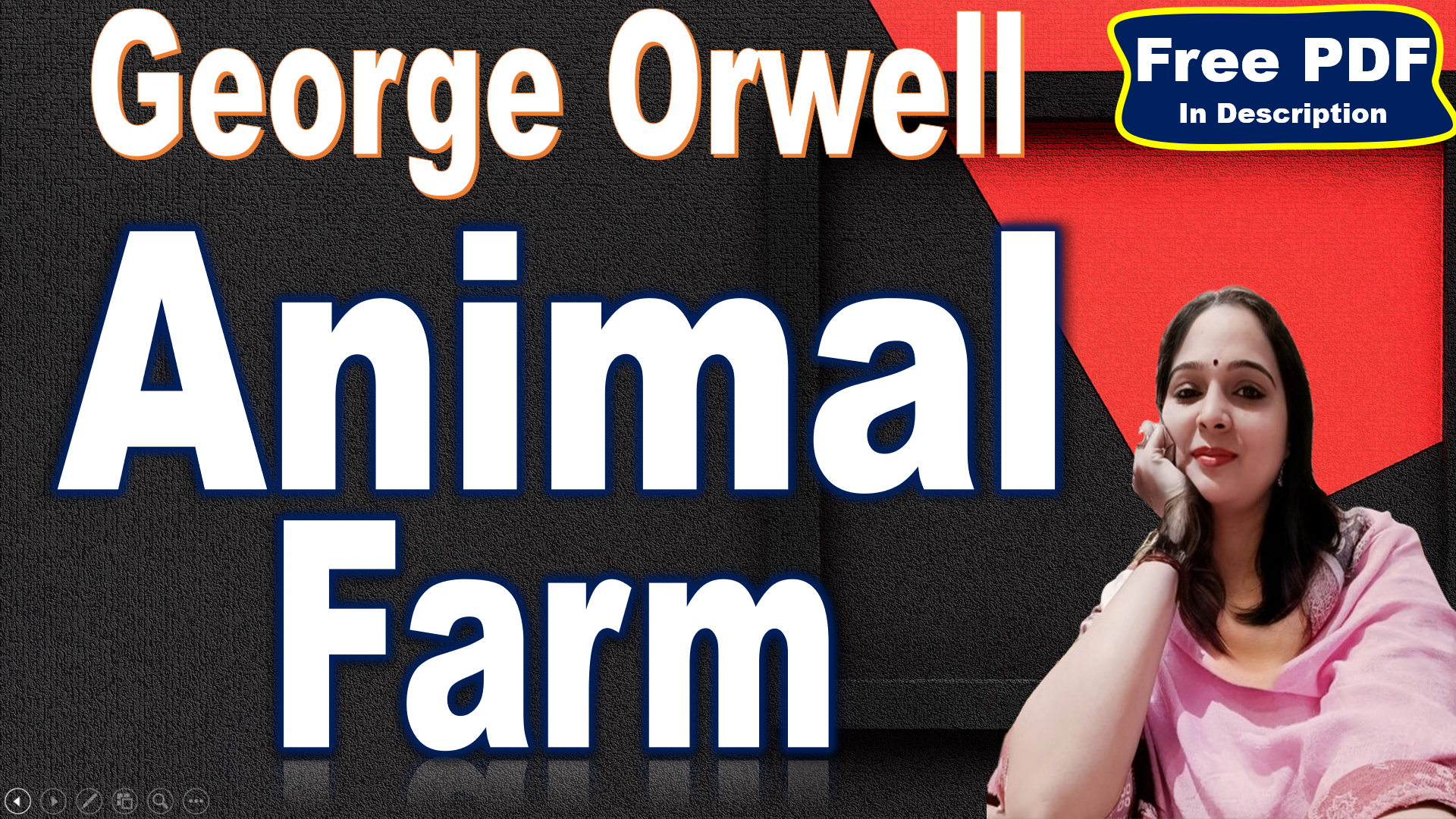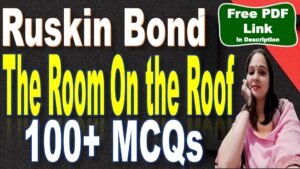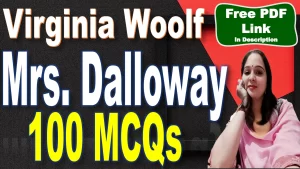Essay Type Question
Write the critical analysis of the “Animal Farm” by George Orwell.
Introduction “Animal Farm” is an allegorical novella by George Orwell, first published in England on 17 August 1945. The book is a critique of the Russian Revolution and a satire on the corruption of socialist ideals in the Soviet Union.
Themes The central themes of “Animal Farm” include the corruption of socialist ideals in the Soviet Union, the societal tendency toward class stratification, and the dangers of a naïve working class. The novella illustrates how classes that are initially unified in the face of a common enemy may become internally divided when that enemy is eliminated.
Symbolism The farm itself represents any human society, be it capitalist, socialist, fascist, or communist. The windmill symbolizes the pigs’ manipulation of the other animals for their own gain. Food is used to symbolize luxury and inequality.
Characterisation The characters in “Animal Farm” are a reflection of the major figures and political groups that played a part in the Russian Revolution. Characters like Napoleon, Snowball, and Boxer symbolize Joseph Stalin, Leon Trotsky, and the working class respectively.
Title The title “Animal Farm” is significant as it represents the setting of the novella and symbolizes any human society. The change in the name of the farm from Manor Farm to Animal Farm and back to Manor Farm again signifies the cyclical nature of societal oppression.
Structure The structure of “Animal Farm” follows a linear narrative, charting the rise and fall of Animalism on Manor Farm. The story is told from the perspective of the common animals, and it unfolds in a clear, chronological order.
Critical Comments
Allegorical Complexity: While “Animal Farm” is celebrated for its allegorical depiction of totalitarianism and the corruption of power, some critics argue that its simplicity as an allegory may limit its depth. They suggest that the characters and events are too closely tied to their real-life counterparts, leaving little room for nuanced interpretation.
Character Development: Some readers find fault with the lack of character development in “Animal Farm.” They argue that the characters, particularly the animals, are often one-dimensional and serve primarily as allegorical representations rather than fully fleshed-out individuals. This can make it difficult for readers to emotionally invest in their struggles and experiences.
Didactic Tone: Critics have noted the didactic nature of “Animal Farm,” with its overt political messaging and moral lessons. While some readers appreciate its clarity and directness, others find it heavy-handed and lacking in subtlety. They argue that Orwell’s explicit condemnation of totalitarianism may overshadow the novel’s literary merits.
Sociopolitical Context: Some critics have suggested that “Animal Farm” is too closely tied to its specific historical and sociopolitical context, namely the events of the Russian Revolution and Stalinist era. They argue that its relevance may diminish outside of this context, limiting its ability to resonate with readers who are less familiar with the historical background.
Ambiguity of Resolution: The ending of “Animal Farm” has been a subject of debate among critics. While some appreciate its open-ended nature, which allows for multiple interpretations, others find it unsatisfying and inconclusive. They argue that the fate of the animals and the ultimate outcome of the revolution are left ambiguous, leaving readers with unanswered questions.





